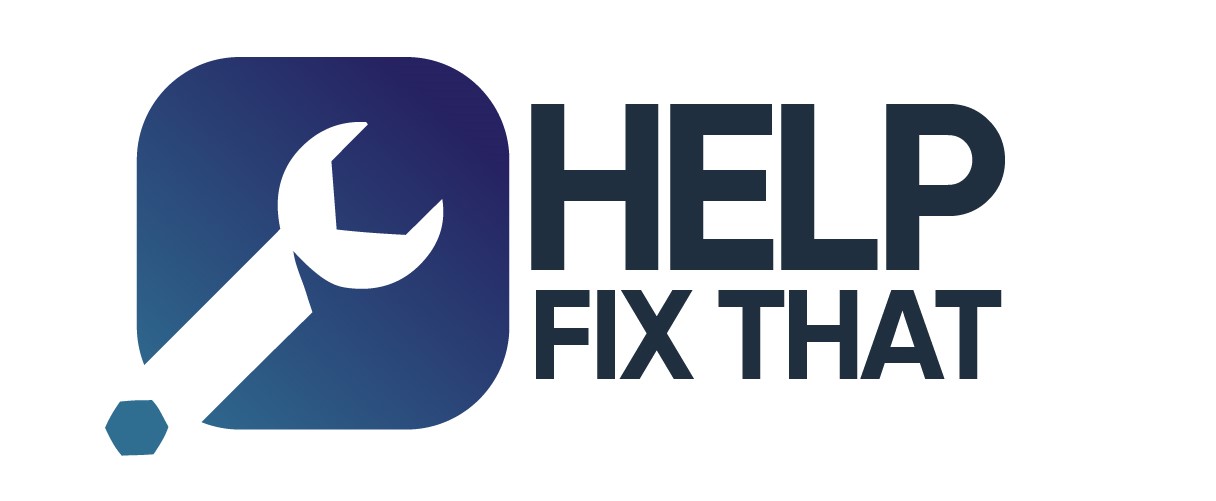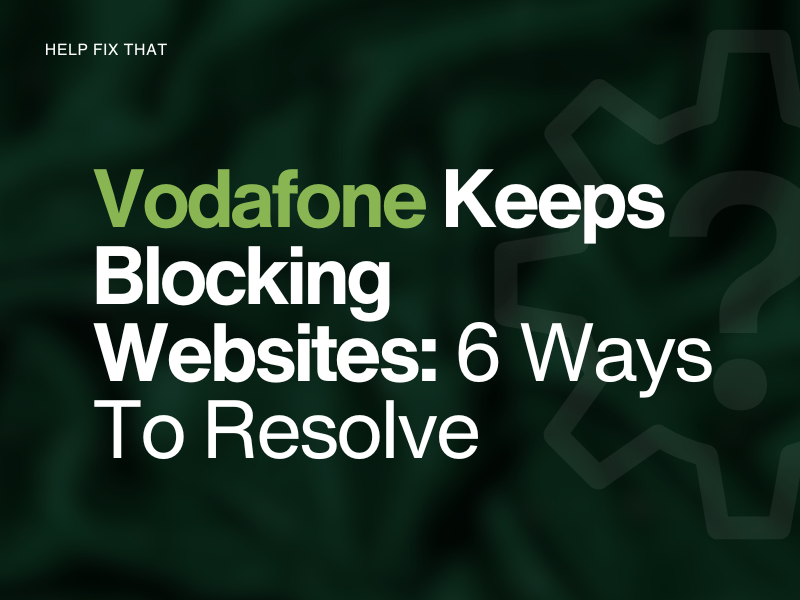If you’re a Vodafone customer, you may have noticed that the network has been blocking websites. Unfortunately, this is a huge problem for people who want to stay up-to-date on the latest news, watch videos online, or browse the internet.
Let’s dig down the reasons and fixes for this annoyance.
Why Does Vodafone Keeps Blocking Websites?
- They’re trying to prevent you from accessing certain types of content. This could be because they believe the content is inappropriate or because they think it might be harmful to your device.
- It could be that the company is trying to protect its customers from malware or other online threats.
- If you’re on a limited data plan, Vodafone may block websites to prevent you from exceeding your limit.
- If Vodafone’s network is having trouble handling all the traffic, they may block some websites in order to reduce the strain on their network.
What Websites are Restricted by Vodafone?
Vodafone has been known to block various websites, including those that provide VoIP services, VPNs, and even some popular social media sites. This can be extremely frustrating for users who rely on these services for work or personal use.
How to Unblock Websites on Vodafone?
Use a VPN
A VPN, or Virtual Private Network, is a service that encrypts your internet traffic and routes it through a server in another location. This makes it appear to be accessing the internet from that server rather than your actual location. This can be used to access websites that your ISP blocks.
There are many VPN providers available, and they vary in price and features. Some of the more popular ones include ExpressVPN, NordVPN, and CyberGhost.
To use a VPN, you will need to sign up for a service and install the VPN software on your device. Once set up, you can connect to a server in another country and access blocked websites.
Use a Proxy
A proxy is similar to a VPN, but it doesn’t encrypt your traffic. This means that your ISP will still be able to see which websites you’re accessing, but it will be more difficult to block them.
Many free proxy services are available, such as KProxy, Hidester, and HideMyAss. You can also set up your proxy using tools like Squid or CCProxy.
To use a proxy, you will need to find a server that you can connect to. Once you have found one, you can enter the server’s address and port number into your web browser’s settings.
You can also use a web-based proxy, which allows you to access blocked websites without installing any software.
Many web-based proxies are available, such as Proxify.
To use a web-based proxy, enter the website address you want to access into the proxy’s address bar.
Use Tor
Tor is free software that allows you to browse the internet anonymously. It routes your traffic through a network of servers, making it difficult to trace back to your device.
This makes it a good option for accessing websites blocked by your ISP.
To use Tor, you must install the Tor Browser on your device. Once it is installed, you can access websites on Vodafone.
Remember that Tor is often slow, as your traffic is routed through multiple servers.
Use a Web Cache
A web cache stores copies of websites and their content on a server. When you try to access a website, the cache will check to see if it has a copy of the site before going to the internet.
If the cache has a copy of the site, it will serve that copy to you instead of fetching it from the internet. This can be used to access websites that are normally blocked.
Many web caches are available, such as Google Cache and Wayback Machine.
To use a web cache, enter the website’s address into the cache’s search bar.
You can also use a tool like an Archive.is to take a snapshot of a website before it is blocked.
Use a DNS Server
A DNS server is a server that translates website addresses into IP addresses. The DNS server will redirect you to the correct website when you type in a website address.
You can use a public DNS server to access normally blocked websites.
Many public DNS servers are available, such as Google Public DNS and Cloudflare DNS.
To use a public DNS server, you will need to change the DNS settings on your device. Once you have done this, you can access normally blocked websites.
Remember that changing your DNS settings will only work if the DNS server is not itself blocked by your ISP.
Use an IP Address
Every device on the internet has a unique IP address. You can use this address to access websites that are normally inaccessible.
To find the IP address, you can use a tool like Whois. Enter the website’s address into the search bar, and it will return the website’s IP address.
Once you have the IP address, you can enter it into your web browser’s address bar to access the website.
Keep in mind that this method will only work if the website’s IP address is not itself blocked by your ISP.
Final Thoughts
Vodafone has a problem with blocking websites. While they claim to be working on a solution, it’s unclear when they’ll do it. In the meantime, you can do a few things to work around the issue. Do you have any other tips for accessing websites blocked by Vodafone? Let us know in the comments below.


Leave a comment